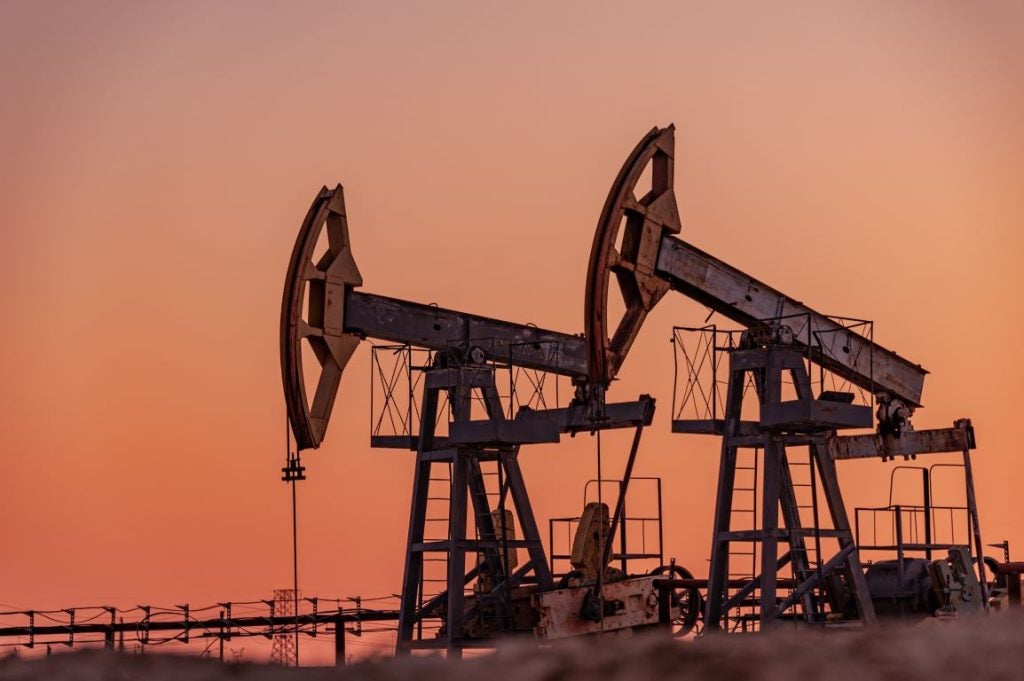
When personnel on the Clipper PT offshore platform reported feeling uncomfortable with the extensive and sudden sway motion the facility experienced, Shell installed a monitoring system to confirm the excessive motion, not least in mild weather conditions.
The Clipper PT substructure is a jacket in 22m water depth with internal leg piles, common for shallow water platforms. It supports a topsides load of 6,300t.
When such a platform is installed, the jacket is lowered on to the seabed and initially rests on mud mats. Centralisers, welded to the inside of the jacket legs at all bracing levels, guide the piles through the jacket legs.
The piles form the platform foundation once they have been driven into the soil. The top of the jacket is then welded to the piles.
The annulus – the space between the jacket leg and the pile – remains open at the seabed. At Clipper PT, the annular clearance of 25mm allowed the jacket to swing against the piles under hydrodynamic loading.
See Also:
At impact, the narrow centralisers impose a dynamic force on to the pile.
How well do you really know your competitors?
Access the most comprehensive Company Profiles on the market, powered by GlobalData. Save hours of research. Gain competitive edge.

Thank you!
Your download email will arrive shortly
Not ready to buy yet? Download a free sample
We are confident about the unique quality of our Company Profiles. However, we want you to make the most beneficial decision for your business, so we offer a free sample that you can download by submitting the below form
By GlobalDataFatigue
Shell engineers were concerned that the repetitive loading leads to premature development of fatigue cracks in the foundation. The limited width of the annulus prevents access for inspection tools.
Detailed analysis was completed by WS Atkins to determine the effect of the centraliser impact on the fatigue life of the foundation. Simulations in the time domain confirmed the measured platform motion characteristics and quantified the dynamic loading on the piles.
The fatigue life does not comply with the performance standard if a centraliser hits a transverse or longitudinal pile weld. Remedial action is required since it is unlikely a pile weld is unaffected.
A topsides tilt survey and analyses of the intact structure indicated that no significant cracking had yet developed in the foundation. Further analysis showed that the dynamic loading could be stopped by taking out the annular clearance at two diagonal corner legs A1 and C2.
The objective of the resulting Clipper PT motion reduction project was to restrain the movement of jacket legs A1 and C2 relative to the piles. This stops excessive fatigue loading to the foundation and increases the level of comfort for personnel.
Measures of success were the reduction in platform motion, delivery date and cost, as well as safety performance.
Subsea method
Dynamic loading to jacket foundation, arising from the clearance between the centralisers and pile, is not unique to Clipper PT. In previous projects, divers have manually inserted shims into the annuli of North Sea platforms L02-FA-1 and F03-FB-1AP.
This method involves a number of drawbacks, including substantial diving support vessel rates, the tides restricting operating time and divers risking trapping their fingers.
Moreover, access to the Clipper PT annuli is difficult due to the design of the mud mats. The soil is cohesive, which limited scour. Soil excavation would be necessary to create access to enable shim installation.
The subsea intervention was thus challenged, and Shell developed an alternative methodology for this project.
Topsides method
The new method prevents the impact on the pile by filling up the annulus from the topsides with pebbles and grout. Several model tests were set up that proved the effectiveness of the method.
Holes are drilled in the top of the jacket to get access to the annulus from the topsides. Rope access was selected over scaffolding based on the exposure for personnel. An endoscope is inserted for visual inspection.
Pebbles are inserted into the annulus and pile up on the seabed. The annulus is sealed when the pebbles reach the bottom of the jacket leg and start to fill up the annulus.
This restricts, and eventually stops, the movement of the jacket leg relative to the pile. The diameter and shape of the pebbles determine the risk for flow obstructions, and its stability on the seabed. The selected pebbles scour if the significant wave height exceeds 2m.
Grout is injected to establish a permanent fixation between the jacket leg and pile.
The layer of pebbles retains the grout and allows the grout to cure undisturbed.
The annulus is filled up with pebbles and grout from the bottom up to the waterline.
Results
Measurements of the platform motion show the project achieved a reduction in response to environmental loading of 85%. The natural frequencies have shifted.
The offshore work was divided into two phases to allow the team to apply the lessons learned at the critical activities scheduled for the second phase. Specialist contractor knowledge was utilised by specification of functional requirements at an early stage, while the number of interfaces was minimised.
Conclusions
The structural response to environmental loading has reduced from dynamic to quasi-static. The additional fatigue loading caused by the centralisers slamming to the foundation has stopped.
The level of comfort for personnel has increased.
The new solution proved to be a vast improvement on the subsea scheme. Risky diving operations were avoided.
The offshore implementation was less susceptible to delays and cost escalation. The offshore work was efficiently executed in 15 days by five people.
The project was delivered successfully, safely and on time. A cost reduction of more than 80% was achieved.
Jackets with vertical and ungrouted leg piles may be susceptible to irregular motion where pile shim clearances are generous. The remedial solution eliminates unforeseen fatigue damage.




